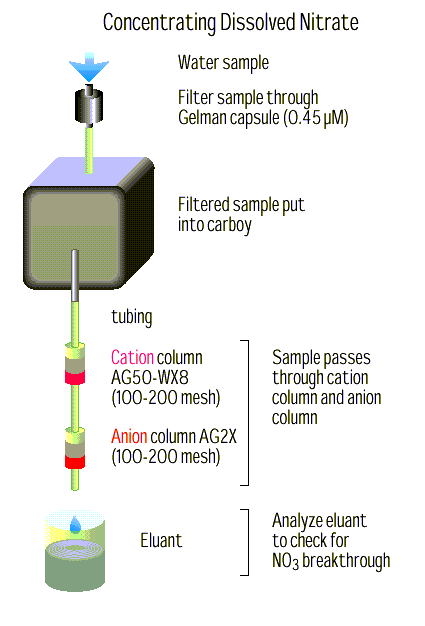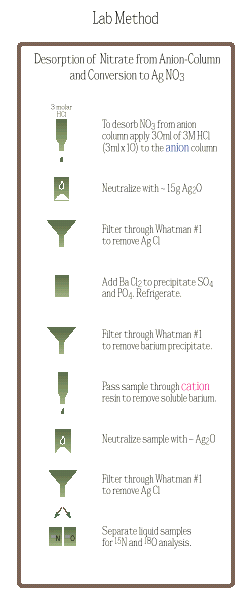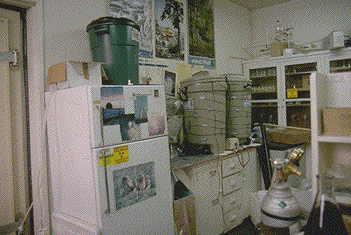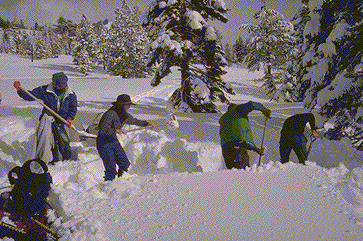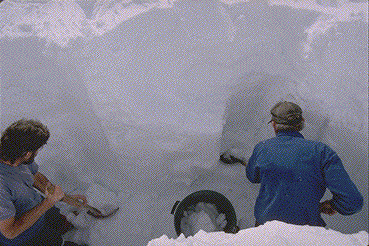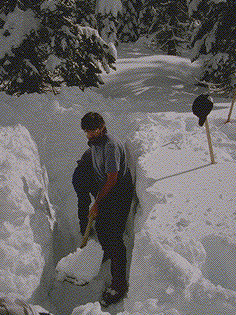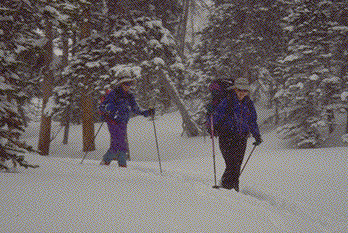Abstract A method for collecting and recovering nitrate for d15N and d18O analysis from low ionic strength waters with modest dissolved organic carbon (DOC) concentrations (1-10 ppm) and low NO3 concentrations (0.7-10.0 µM) is described.1 This method uses ion exchange columns, accommodates the large volumes of water (7-70 L) required due to the low NO3 concentration, and minimizes DOC accumulation.2 Problems developed when an earlier method designed for waters with higher NO3 concentrations was applied to alpine waters DOC accumulation on the anion column competed for NO3 sites and clogged the column. These problems were solved by:
Problem To date, none of the current collection methods for
dual isotope analysis of NO3 are suitable for waters where nitrate
concentrations are extremely low (0.7-10.0 µM), nor are the
potential problems of DOC accumulation adequately addressed.
Solution The use of a filter cartridge, application of the cation column, and using a courser sized anion resin made it possible to successfully concentrate nitrate from large volumes of water. Nitrate recovery after processing has also been more consistent using AG2X anion resin. Key to the success of this method (cat-AG2X) is the ability to prevent DOC accumulation on the anion column. This was accomplished by putting a cation column in front of the anion column. It is critical to prevent accumulation of DOC because DOC can clog the anion column, occupying sites that would otherwise be available for nitrate, and because oxygen from the DOC may be transferred to the 18O sample. Field Method
Preliminary steps before collecting a NO3 field sample for d15N and d18O:
Conclusion Samples can be collected in the field without transporting
large volumes of water. It is now possible to obtain nitrate isotope analysis
from access-limited sites such as alpine watersheds, giving researchers
the opportunity to identify nitrate sources and transformations in snow,
rain, snowmelt and streams.
References 1C.C.Y. Chang, J. Langston, M. Riggs, D.H.
Campbell, S.R. Silva, and C. Kendall. 1999. A Method for Nitrate Collection
for d15N and d18O
Analysis from Waters with Low Nitrate Concentrations. Canadian Journal
of Fisheries and Aquatic Sciences, 56: 1856-1864.
|
||||||||||||||||
|
Cecily Chang, U.S. Geological Survey, 345 Middlefield Road, MS-434, Menlo Park, CA 94025 Tel: 650-329-4471; Fax: 650-329-5590, email: ccchang@usgs.gov Return to Index. |
||||||||||||||||
|
The URL of this page is: http://wwwrcamnl.wr.usgs.gov/isoig/guidelines/nitrate/poster.htm/
|
||||||||||||||||


